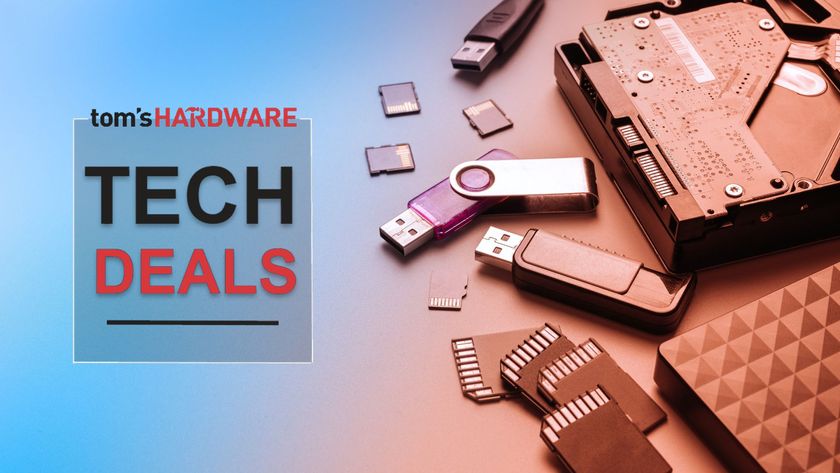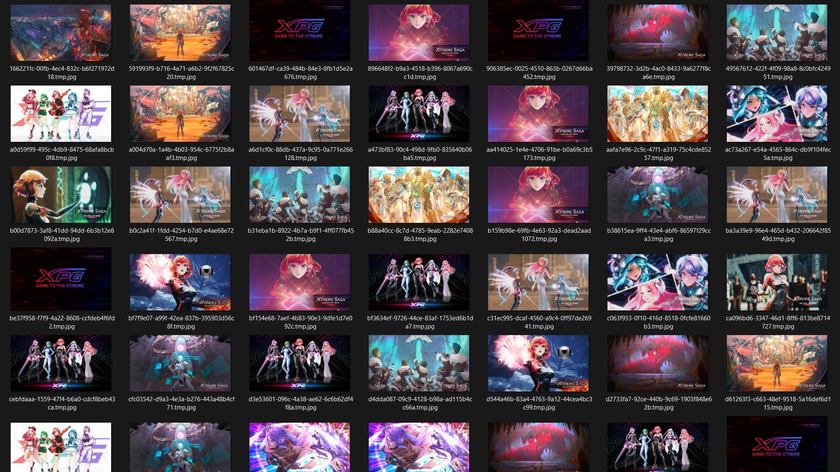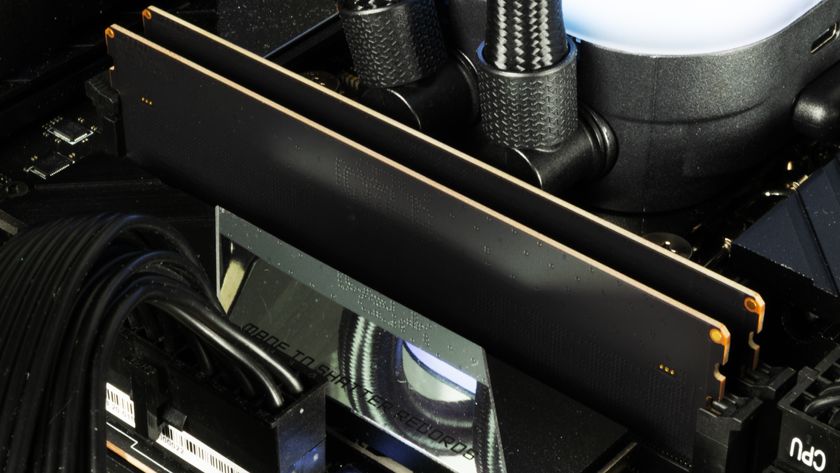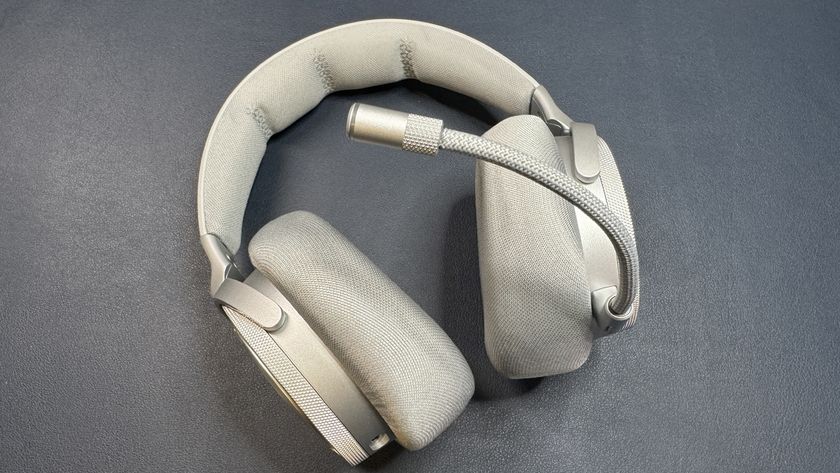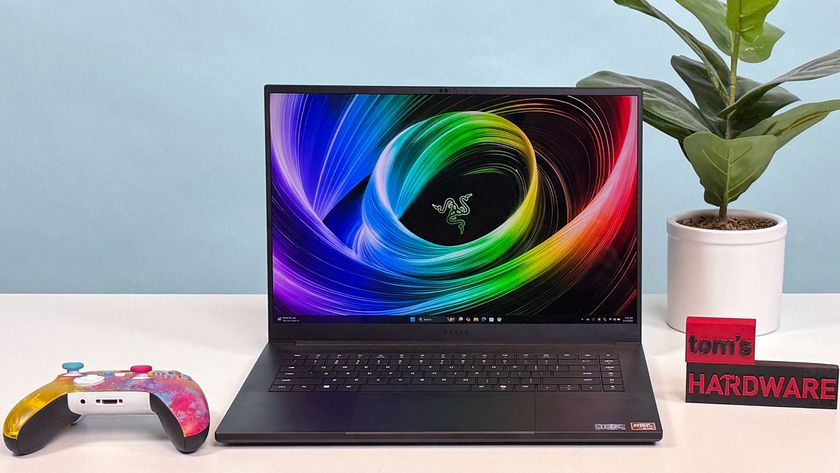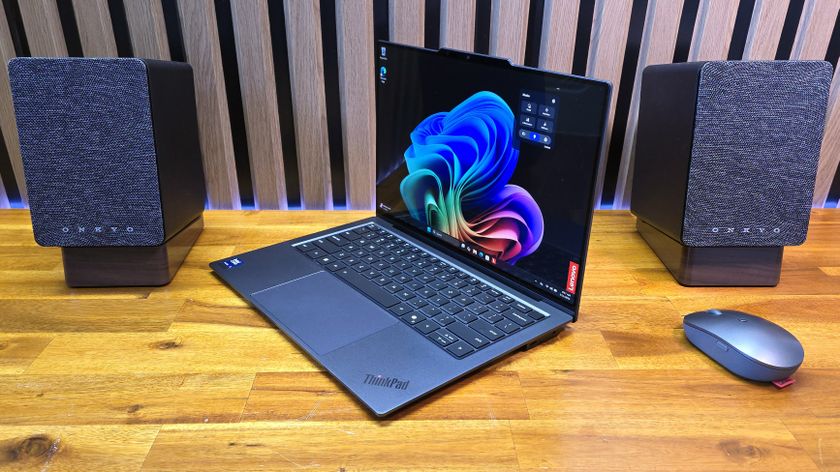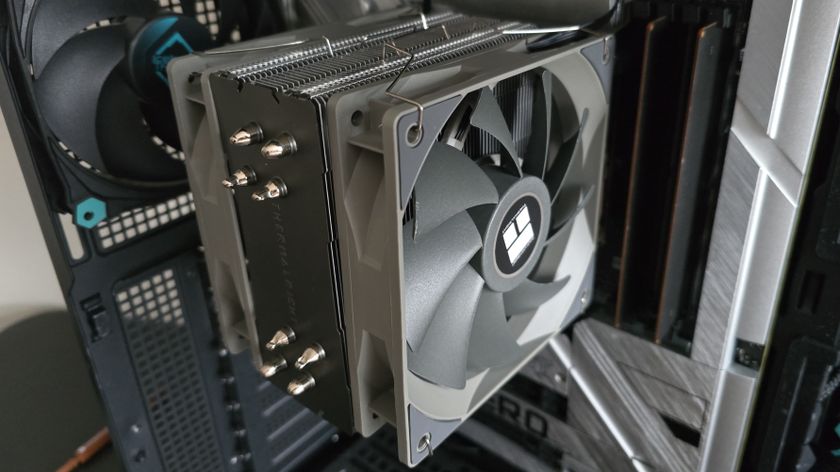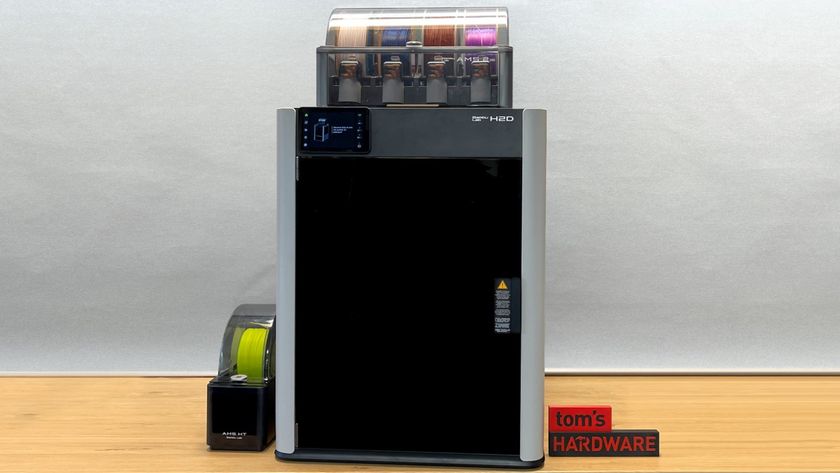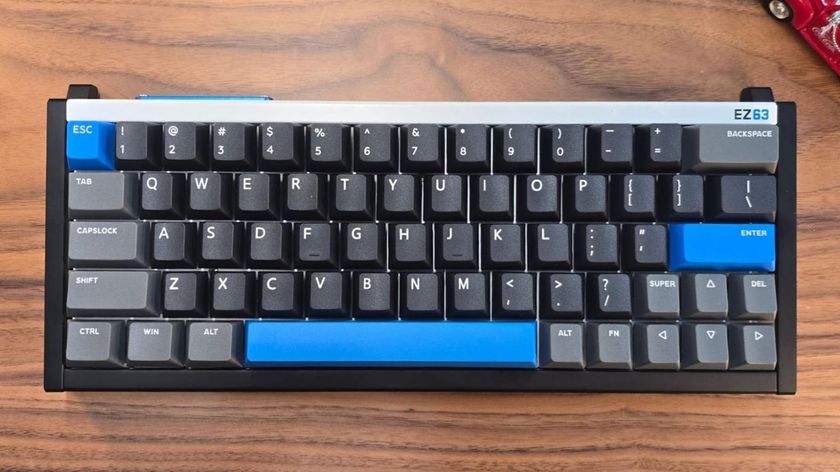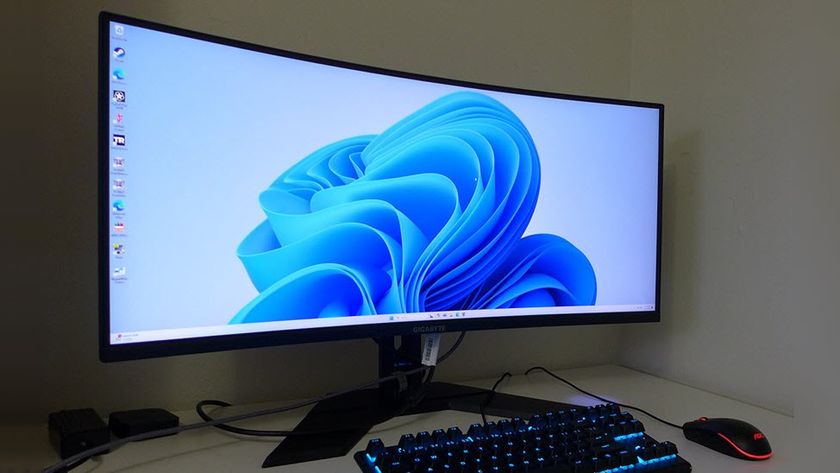Early Verdict
Where do we start? This is the best client SSD we've seen in 2015. The 850 Evo 2TB even causes us to second-guess the new NVMe products that can't hold the same amount of data. Users will have to choose performance or capacity, but in many cases high performance with a lot of capacity is good enough.
Pros
- +
Exceptional performance and a discounted price compared to the 850 Pro 2TB.
Cons
- -
At nearly $800, the 850 Evo 2TB isn't cheap, though it does deliver a fantastic user experience.
Why you can trust Tom's Hardware
Introduction
A few days ago, we published a Tom's Hardware State of Solid State editorial that discussed what we will see from SSD vendors in the second half of 2015. That story has a lot of information in it, but only covers 50% of the market. Samsung owns most of the market, after all.
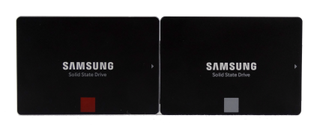
Samsung owns 50% of the solid-states storage market share. When it comes to client-oriented drives, that percentage increases, and in some countries goes as high as 80%. Samsung manufactures roughly 50% of the world's NAND memory supply, too. Not all of the flash goes into SSDs; much of it goes into cell phones, tablets, children's toys, SD cards and even automobiles.
Samsung doesn't just lead in production volume. It also leads in technology innovation as well. Recently, Samsung was responsible for delivering the first client three-bit-per cell-based SSD, along with the first 3D cell structure SSD in both MLC and TLC. Today, the company brings us the first widely available 2TB 2.5" client-focused drive.
Since the release of the first 1TB SSD, enthusiasts have looked to the next capacity point. It's always easy to demand a bigger, faster or better product. But when push comes to shove, those jumps only happen when there's financial impetus. I can ask for a Ferrari SUV that can comfortably hold eight passengers, but that doesn't mean Ferrari would make any money on it, or that I could afford such a monstrosity. Clearly, Samsung determined that the time was right for 2TB SSDs to become more commonplace.
-
Jeffs0418 Great article. It seems the new EVO's might go down in history as a tough act to follow.Reply
I purchased a 250GB model several months ago and love it. -
soldier44 Just picked up the 512gb version and love it. Will get another one soon for raid 0. A grand for the 2Tb wow but get what you pay for.Reply -
Jeffs0418 These are perfectly reasonable per gig prices. If you mean significantly lower prices it certainly wont be 2 years!Reply
Wait just a few short months as more 2TB consumer SSD's hit the market and watch them tumble. -
mr grim Just about to get my first SSD, been waiting forever for the tech to mature a bit and for the price to become more reasonable, my first ever SDD I have ordered is the 1TB 850 Evo that I picked up on Ebay for $450 AU, just hope the saving is worth the risk, if I purchased one locally I would be looking at around the $600 price range, these new 2TB drive would likely cost well over the $1000 mark.Reply -
uglyduckling81 Even the first Gen SSD's were mature enough to use. My first SSD was the OCZ Agility. AU$510 for 128Gb in 2010 I think. What a game changer.Reply
I only stopped using it when the laptop I had put it in got stolen last year.
The worst part of SSD's has been using someone else's PC without one. It's disgusting doing support on an OS that isn't installed on an SSD. -
AndrewJacksonZA Firstly, Tom's, I'm begging you guys, please stop with the compact charts that require clicks to see them and especially, ESPECIALLY the lazy-loading of the charts. It really breaks my focus on the article when I'm scrolling through, reading text and then all of a sudden the text shifts down and I lose my place because some graphs above it just loaded.Reply
Now that my request to you is out the way, thank you for the article. The 2TB EVO really looks amazing!! I'm not a Samsung fan, but they definitely have my round of applause for this drive, especially because of the SLC emulation. -
mapesdhs "In this section, you'll find the 850 Pro on the right side and the 850 Evo on the left. ..."Reply
Except for the two images immediately above that line. :D
SanDisk stated a while ago they wanted to ramp up to 8TB SSDs as quickly as possible, but I'll believe that when I see it. Unlikely they'd chuck out a 4TB now if they can make money from a 2TB first (really wish just once some company would properly leave the others behind instead of milking every inbetween stage of a tech as much as possible).
-
mapesdhs (Chris, trying to reach the UK site atm to edit comments results in a page redirection error)Reply
"The only drives faster than Samsung's 850 Pro and Evo 2TB in sequential writes are the 850 Pro and Evo 1TB."
Why have you used a bar graph with a non-zero origin for the results? I really hate that, it's very visually misleading. Please replace the image with a graph that has the origin at zero so it will at least be visually logical. The whole point of a bar graph is that the visual impact can allow one to infer an immediate sense of difference, something which is destroyed by using a non-zero origin.
In contrast to this, why do all the PCMark8 tests have zero origins, which have almost no results variation at all? Actually I don't know why anyone bothers with that suite, it tells one nothing useful IMO, I mean does anyone really care about Service Times for games? Level loading and to what extent SSDs can reduce in-game stuttering, sure, but then this is achieved with just about any SSD.
Anyway, please replace the non-zero-origin graph for the Seq. Write data.
Ian.
PS. Why does the Vector 180 show such an odd performance wobble as it moves up the queue depths for the seq. write test?
-
zodiacfml Actually, it was boring. Many SSDs already saturated the SATA interface, including the AHCI protocol. Yet, one would still get a Samsung SSD because of its V-NAND tech for longer NAND life.Reply

